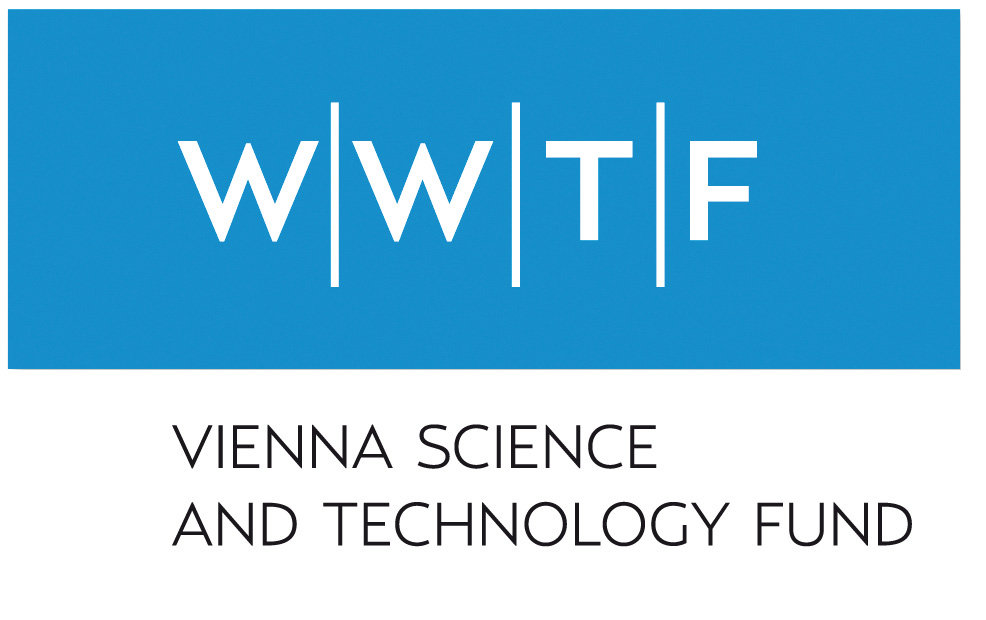Using activity-based probes to study the mechanism and regulation of the giant E3 ligase Huwe1
01.06.2022 – 31.05.2026
Aberrant mRNA features or cellular stress conditions trigger roadblocks and cause ribosome collisions on mRNAs. These collisions result in incomplete polypeptide synthesis, which is harmful to the cell. Collisions of ER-bound ribosomes are even more damaging because incomplete polypeptides clog the translocon, protein conducting channel at the ER, and obstruct the overall protein folding and maturation. Although much progress has been made for cytosolic ribosomes, how the cell resolves collided ER-bound ribosomes remains unknown. We recently discovered a new quality control mechanism that rescues stalled ER-bound ribosomes. We have shown that ufmylation, an elusive posttranslational modification, regulates ribosome stalling induced autophagy to rescue the stalled ribosomes at the ER. However, the molecular underpinnings of ufmylation mediated ribosomal rescue remain unknown. Here, using a chemical biology-driven integrative structural biology approach, we will identify and characterize reader and adaptor proteins that decrypt ufmylation. We will use photocrosslinking coupled mass spectrometry and structural biology to understand ufmylation mediated ribosome rescue mechanisms. We will develop novel peptide-based ufmylation inhibitors as tool compounds to dissect the cellular and physiological role of ufmylation in ER-quality control. Altogether, our findings will reveal mechanistic principles of a novel cellular quality control pathway that rescues stalled ribosomes at the ER.
Publications
no publications yet
